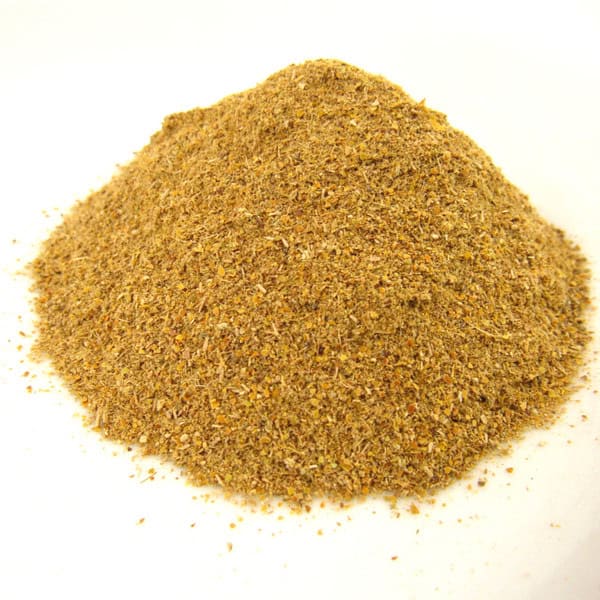
We get mordant questions all the time at Botanical Colors so why not create Mordant Monday??? Got mordanting questions? Email [email protected]
YOU ASKED: I have looked over the symplocos mordanting instructions that you have on the Botanical Colors website and I see that there is an “Oiling the Fabric” step for cellulose fabrics that we did not use in the workshop. I am wondering how important that step is in creating a fairly lightfast and colorfast final fabric? I really love some of the colors we got in class on cotton using symplocos mordant and sappanwood and would like to use that combo again but the resulting fabric needs to be fairly but not necessarily perfectly light and color fast. What do you think?
KATHY ANSWERED: It’s great to hear from you and yes, the online cellulose instructions are pretty complicated. I have been forgoing using the rancid oil to pre-treat and am happy with the results. The use of oil and an alkali creates a mixture that is “soap-like” and seems to help bond the dye to the fiber. As you may recall, there are many historical recipes that use various substances to attract or hold the dye to the fiber that are not in common use today.
You might want to try the symplocos as we used it and run a lightfastness test by covering a swatch of fabric with opaque cardboard and leave a small amount exposed, then let it be exposed to the type of light you are expecting the textile to be in in (like incandescent). Leave it for three weeks and then see how much fading you get. If it’s acceptable to you, then you can proceed with your project. I’m assuming you aren’t planning to make your project something that receives strong direct light, like window curtains.
YOU ASKED: What are the best ways to mordant watercolor paper for eco-printing? What would be the difference with heavier paper?
KATHY ANSWERED: You can experiment with soaking the paper in a mordant solution such as aluminum acetate or aluminum triformate, then eco-printing. If the paper is very heavy, you can brush on the mordant.
